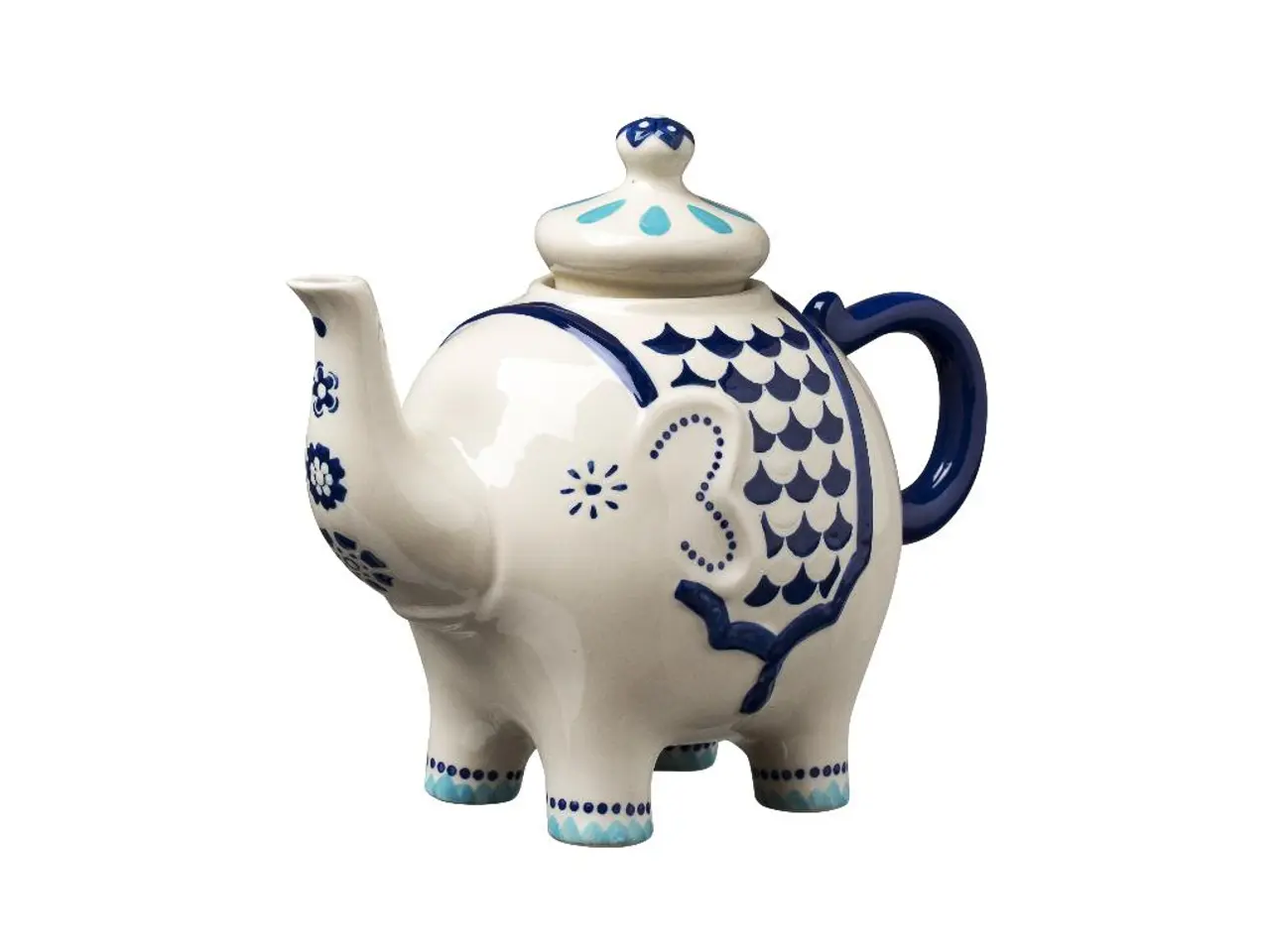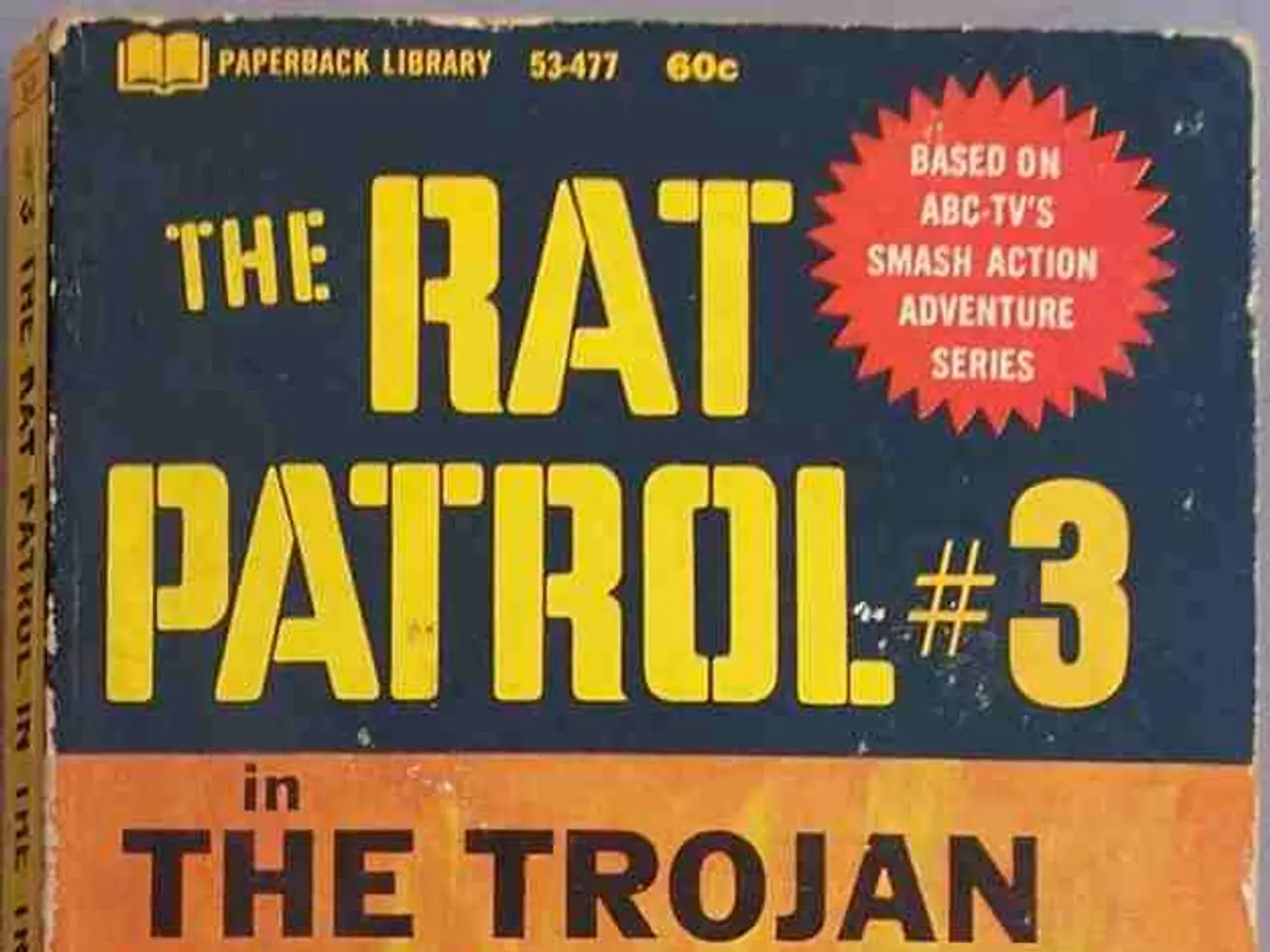Trump intends to significantly escalate tariffs on India within the next day.
In a dramatic turn of events, the US-India trade relationship is facing its most significant challenge in decades. The Trump administration has imposed and doubled tariffs on Indian imports, primarily targeting the country for purchasing Russian oil, raising tariffs to 50% by August 2025 [2][4].
This aggressive US trade policy approach marks a significant departure from the positive trajectory of the relationship that had been developing over the past 25 years [1]. The tariffs, known as secondary sanctions, are unprecedented in US trade policy and have been met with strong criticism from India.
India views these tariffs as unjust and a form of interference in its sovereign foreign policy, given its heavy reliance on oil imports [1][3][5]. In response, India is deepening trade agreements with other nations to diversify and reduce dependence on the US market.
The tensions extend beyond trade tariffs to geopolitical issues. The Trump administration's deepening engagement with Pakistan, a traditional rival of India, has further strained relations [1][5]. This includes giving Pakistan preferential tariff treatment and promoting joint exploration of Pakistani oil reserves.
The US President, Donald Trump, has claimed that India has the highest tariffs of any nation, which he believes is a reason for the lack of US-India trade [6]. He also stated that he plans to raise the tariff rate from 25% to a higher amount in the next 24 hours [7].
Trump has also criticized India for its close ties with Russia, stating that India's purchases of Russian crude oil are fuelling the war machine [3]. However, it is worth noting that the US continues to import uranium hexafluoride, palladium, fertilisers, and chemicals from Russia [8].
India responded to Trump's criticism with an unusually sharp counterattack, accusing the US and EU of unjustified and unreasonable targeting for New Delhi's procurement of Russian crude oil [9]. The Europe-Russia trade includes not just energy, but also fertilisers, mining products, chemicals, iron and steel, and machinery and transport equipment [10].
As the future of the strategic partnership between the US and India hangs in the balance, it remains to be seen how both countries will navigate these challenging times.
[1] The Economic Times. (2025, August 2). US-India trade ties strained as Trump doubles tariffs on Indian imports. The Economic Times. [2] The Hindu. (2025, August 2). US imposes 50% tariff on most Indian imports, escalating trade dispute. The Hindu. [3] The Wall Street Journal. (2025, July 31). Trump accuses India of fueling the war machine by buying Russian oil. The Wall Street Journal. [4] The Times of India. (2025, August 2). Trump announces he will raise tariffs on India "very substantially" due to India buying Russian oil. The Times of India. [5] Bloomberg. (2025, August 3). US-India trade relations strained as geopolitical moves favor Pakistan. Bloomberg. [6] CNN. (2025, July 28). Trump states that India has the highest tariffs of any nation, which he believes is a reason for the lack of US-India trade. CNN. [7] Reuters. (2025, August 3). Trump plans to raise the tariff rate from 25% to a higher amount in the next 24 hours. Reuters. [8] The Washington Post. (2025, August 3). The US continues to import uranium hexafluoride, palladium, fertilisers, and chemicals from Russia. The Washington Post. [9] The Indian Express. (2025, August 4). India responds to Trump's criticism with an unusually sharp counterattack on the US and EU. The Indian Express. [10] Financial Express. (2025, August 1). Europe-Russia trade includes not just energy, but also fertilisers, mining products, chemicals, iron and steel, and machinery and transport equipment. Financial Express.
- The analysis of the US-India trade relationship reveals a significant challenge due to the increased tariffs, leading to a departure from the positive trajectory established over the past 25 years.
- The Trump administration's aggressive trade policy includes imposing secondary sanctions, targeting Indian imports, particularly oil purchases from Russia, with tariffs increased to 50% by August 2025.
- India is responding to these tariffs by subscribing to deeper trade agreements with other nations, aiming to diversify and reduce dependence on the US market.
- The strained relationship extends beyond trade tariffs, involving geopolitical issues, as the Trump administration deepens its engagement with Pakistan, a traditional rival of India, through preferential tariff treatments and joint oil exploration.
- The business and economic sectors are closely watching the unfolding events, as the policy-and-legislation and politics surrounding war-and-conflicts play a crucial role in shaping the future of the US-India trade relationship.
- General news outlets have reported that both the US President, Donald Trump, and India have engaged in a series of critical exchanges, with Trump accusing India of fueling war with its Russian oil purchases, whereas India has counterattacked the US and EU for unjustified targeting of its oil procurement.
- As the future of the strategic partnership between the US and India appears uncertain, it is essential to monitor the ongoing developments in the trade industry, economy, and energy sectors to understand how both countries will navigate these challenging times.







